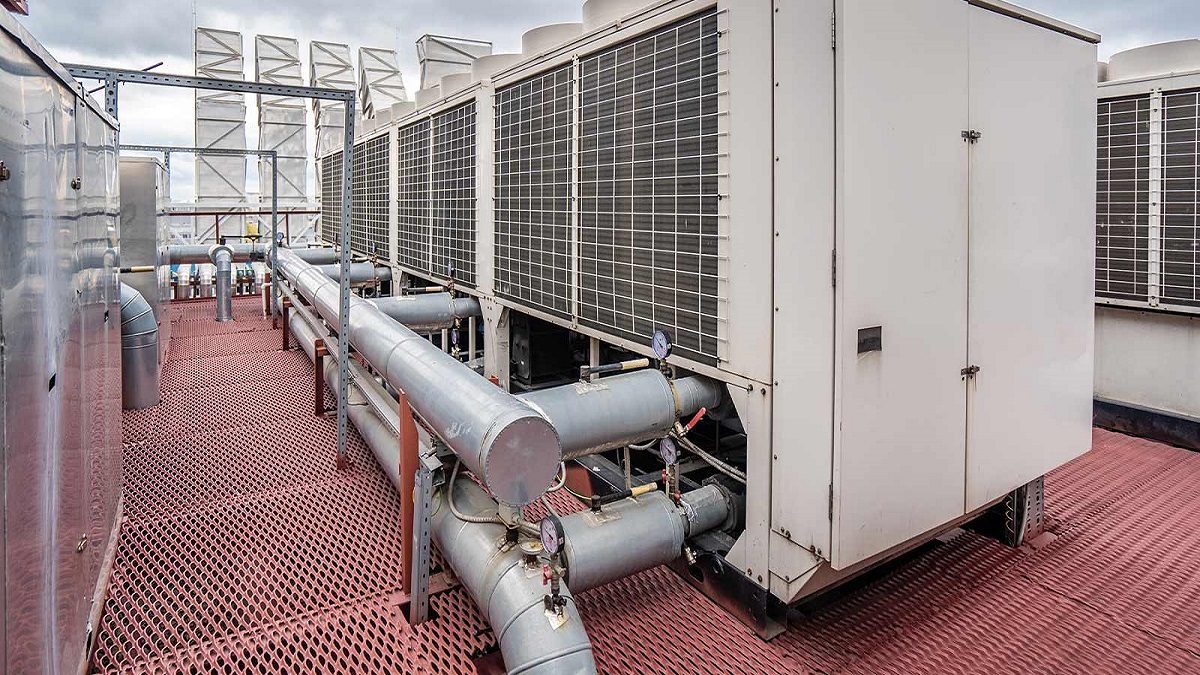Every home runs on electricity. It powers our daily lives in so many ways. From the lights that brighten our rooms to the outlets that charge our devices, energy is essential. Understanding how all of this works is super important. That’s where residential electrical service comes into play. It helps ensure our homes are safe and efficient.
In this post, we’ll dive into the heart of home energy. We’ll explore everything from outlets to lighting and how to keep your system running smoothly.
Getting to Know Your Home’s Electrical System
Your home’s electrical system is quite complex. It includes wiring, outlets, switches, and lighting fixtures. All these parts work together to deliver power where you need it.
The Basics of Home Wiring
Wiring is like the backbone of your electrical system. It carries electricity from the main service panel to different parts of your home. Here are some key points to keep in mind:
- Service Panel: This is where electricity enters your home. It distributes power to different circuits.
- Circuits: Each circuit powers specific areas or appliances. For instance, one circuit may power your kitchen, while another feeds the living room.
- Wiring Types: There are various types of wiring, like copper and aluminum. Copper is more common because it conducts electricity better and lasts longer.
The Importance of Grounding
Grounding is a safety measure you shouldn’t overlook. It protects you from shocks and helps prevent fires. Ground wires provide a safe path for electricity to flow back to the ground in case of a fault. Every electrical system should have proper grounding to keep you safe.
Keeping Your Electrical System in Tip-Top Shape

A healthy electrical system is key for safety and efficiency. Regular maintenance helps prevent issues down the road. Here are some tips for keeping your electrical system healthy:
1. Regular Inspections
Get a professional to check your electrical system regularly. They can spot potential problems before they escalate. Watch out for signs like flickering lights, tripped breakers, or hot outlets.
2. Update Old Wiring
If your home is older, it might have outdated wiring. Think about upgrading to modern standards. This can improve safety and efficiency in your home.
3. Use Surge Protectors
Surge protectors shield your devices from power spikes. These surges can happen during storms or electrical malfunctions. Investing in good surge protectors can save you money on repairs later.
4. Check Outlets and Switches
Inspect your outlets and switches for wear and tear. If they feel warm or show discoloration, it’s time for a replacement.
5. Don’t Overload Circuits
Avoid plugging too many devices into one outlet. This can overload the circuit and pose a fire risk. Spread your devices across different outlets to keep things safe.
The Role of Outlets in Your Home
Outlets are where you plug in your devices. They are essential for daily life. Knowing how they work can help you use them safely.
Types of Outlets
There are several types of outlets you should know about:
- Standard Outlets: These are the most common. They usually have two or three prongs.
- GFCI Outlets: Ground Fault Circuit Interrupter outlets protect against shocks. You’ll often find these in bathrooms and kitchens.
- AFCI Outlets: Arc Fault Circuit Interrupters protect against electrical fires. They detect arcing and shut off the power.
Installing New Outlets
If you need more outlets, consider hiring a pro. They can install them safely and ensure they meet all code requirements. Adding outlets can reduce clutter and improve convenience.
Lighting: Brightening Up Your Home

Lighting plays a huge role in your home. It affects mood, safety, and functionality. Understanding your lighting options can help you make the best choices.
Types of Lighting
There are various types of lighting to consider:
- Ambient Lighting: This provides overall light for a room. Ceiling fixtures and chandeliers are common examples.
- Task Lighting: Task lighting focuses on specific areas. Desk lamps and under-cabinet lights fall into this category.
- Accent Lighting: Accent lighting highlights specific features, like artwork. Spotlights and wall sconces are great for this.
Energy-Efficient Lighting
Switching to energy-efficient bulbs can save you money. LED bulbs use less power and last longer than traditional bulbs. This not only lowers your energy bill but also reduces waste.
Smart Home Technology
Smart home technology is gaining popularity. It lets you control your lighting and outlets from anywhere. This can improve convenience and energy efficiency.
Benefits of Smart Lighting
Smart lighting offers many advantages:
- Remote Control: Turn lights on or off from anywhere using your smartphone.
- Scheduling: Set timers for lights to turn on/off automatically.
- Energy Monitoring: Some systems let you track energy usage.
Integrating Smart Outlets
Smart outlets let you control devices remotely. You can plug in lamps, fans, or any device and manage them via an app. This adds convenience and helps reduce energy waste.
Conclusion
Understanding your home’s electrical system is essential for safety and efficiency. From outlets to lighting, everything plays a role in how we use energy. Regular maintenance and smart choices help keep your electrical system healthy.
Whether you’re upgrading your outlets, switching to energy-efficient lighting, or exploring smart home technology, every little decision counts. Your home deserves the best, and so do you. Stay safe, stay informed, and enjoy the benefits of a well-maintained electrical system!




